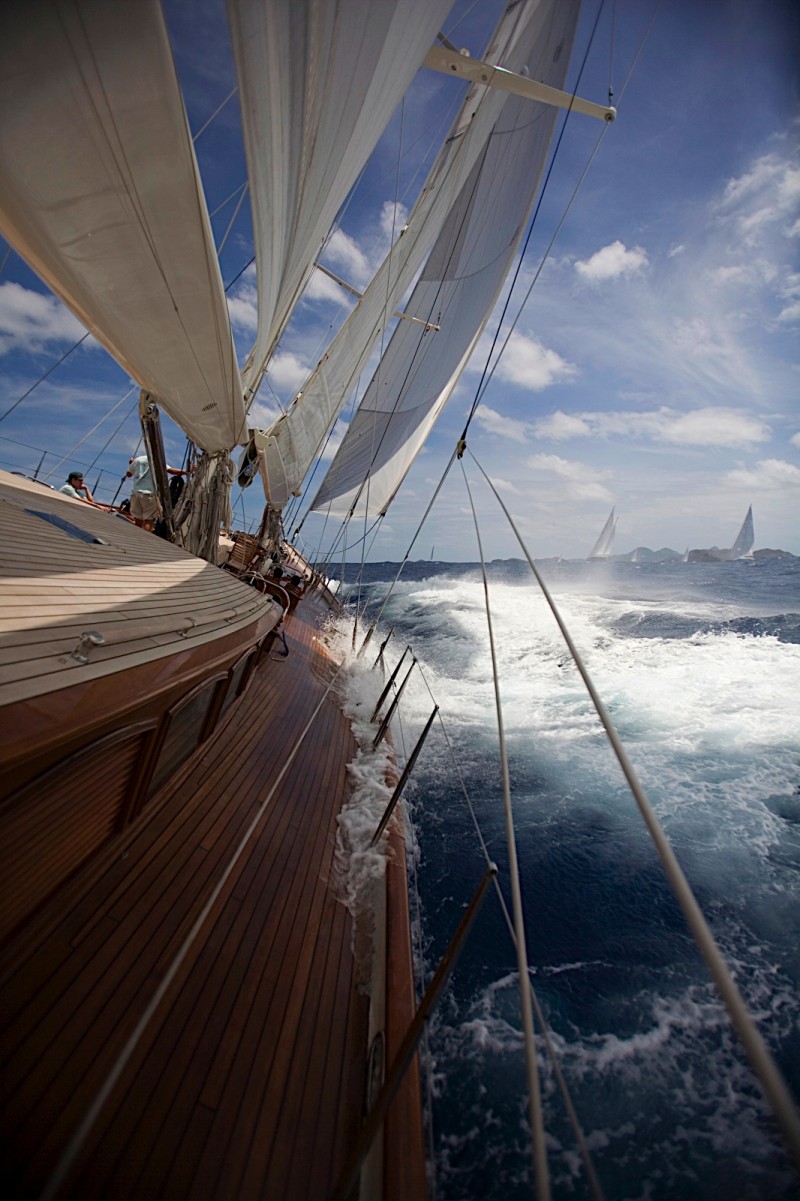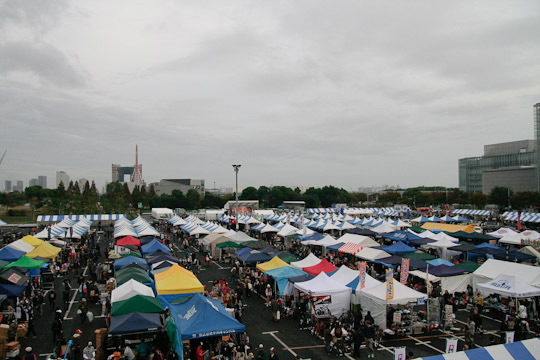
Found on Picasa.
Category: Culture (page 24 of 27)
I was just recently introduced to the artwork of Andrew Wyeth when a few pieces from a private collection were on display at the Seattle Art Museum. I had originally gone to see the Michelangelo exhibit (which turned out to be a bit boring), but the cost of the ticket was redeemed when I came across Wyeth’s paintings. One piece in particular captured my attention – it was called “Cape Coat” and featured his model Helga standing in front of a tree in winter.
From Wikipedia:
Andrew Newell Wyeth (July 12, 1917 – January 16, 2009) was a visual artist, primarily a realist painter, working predominantly in a regionalist style. He was one of the best-known U.S. artists of the middle 20th century and was sometimes referred to as the “Painter of the People,” due to his work’s popularity with the American public.
In his art, Wyeth’s favorite subjects were the land and people around him, both in his hometown of Chadds Ford, Pennsylvania, and at his summer home in Cushing, Maine.
One of the most well-known images in 20th-century American art is his painting, Christina’s World, currently in the collection of the Museum of Modern Art in New York City.
If you have a chance to see any of his paintings nearby, definitely go check them out. The digital images online do not capture the emotions, depth, colors, and details that are apparent in person. The photograph above was taken by Bruce Weber.
Sculpture artist Matsuzaki Katsuyoshi was just featured in another exhibition at the 45rpm stores in NYC. Its last day was today (sorry, meant to post this earlier) but his works are often on display there at the stores just in case you’re in the neighborhood and want to check them out.
The theme was based around his small stone statues called omamori. More info on 45rpm’s site.

I think I’d like one to hide near my front door.
First up, a piece on expensive denim in today’s economy: Link
“It was all just a fad,” said Jeff Rudes, a founder of the hot-denim-label-du-jour J Brand Jeans and an astute observer of the suspiciously inflated prices of fashion’s most eternally reinvented staple. Like any commodity that becomes overpriced, there eventually comes a market correction. And denim’s day of reckoning was long overdue.
Thoughts: A “crash” in designer denim prices was indeed very long overdue, and the only jeans that will continue to do well past the $300 mark will be those that are sold to denimheads (a very niche market to begin with).
And the second piece on “power” jeans: Link
When Dmitry Medvedev dined with the Obamas in July, the Russian president appeared both relaxed and powerful. He hit that elusive note by pairing his fine blazer, crisp buttoned shirt, and expensive-looking leather-soled shoes with dark, straight jeans.
Power jeans are increasingly common in high-ranking business and political circles. Indeed, jeans are now a legitimate part of the global power-dress lexicon, worn to influential confabs where the wearers want to signal they’re serious—but not fussy—and innovative.
FFS! That elusive note they’re hitting is not one that exudes a look of power and seriousness, but of a man who do not know how to dress himself. Just because you can wear denim with a sportcoat does not mean you should!
Some of the Selectism guys are in Japan right now and were able to visit the Inazuma Festival. I’m looking forward to more Tokyo related posts from them!
(other things I saw this morning)
When shopping at the Pike Place Market, it’s generally best to show up in the early morning. After that, you’ll be trying to get through crowds of tourists.
On August 16, 1960, he made a parachute jump from the edge of space.
Old news for some, but I just learned about this short animation today: Destino.
From wikipedia:
Destino (the Galician, Spanish, Portuguese and Italian word for “destiny”) was storyboarded by Disney studio artist John Hench and artist Salvador Dalí for eight months in late 1945 and 1946; however, financial concerns caused Disney to cease production. The Walt Disney Company, then Walt Disney Studios, was plagued by many financial woes in the World War II era. Hench compiled a short animation test of about 18 seconds in the hopes of rekindling Disney’s interest in the project, but the production was no longer deemed financially viable and put on indefinite hiatus.
In 1999, Walt Disney’s nephew Roy Edward Disney, while working on Fantasia 2000, unearthed the dormant project and decided to bring it back to life. Disney Studios France, the company’s small Parisian production department, was brought on board to complete the project. The short was produced by Baker Bloodworth and directed by French animator Dominique Monfrey in his first directorial role. A team of approximately 25 animators deciphered Dalí and Hench’s cryptic storyboards (with a little help from the journals of Dalí’s wife Gala Dalí and guidance from Hench himself), and finished Destino’s production. The end result is mostly traditional animation, including Hench’s original footage, but it also contains some computer animation. The 18 second original footage that is included in the finished product is the segment with the two tortoises.





